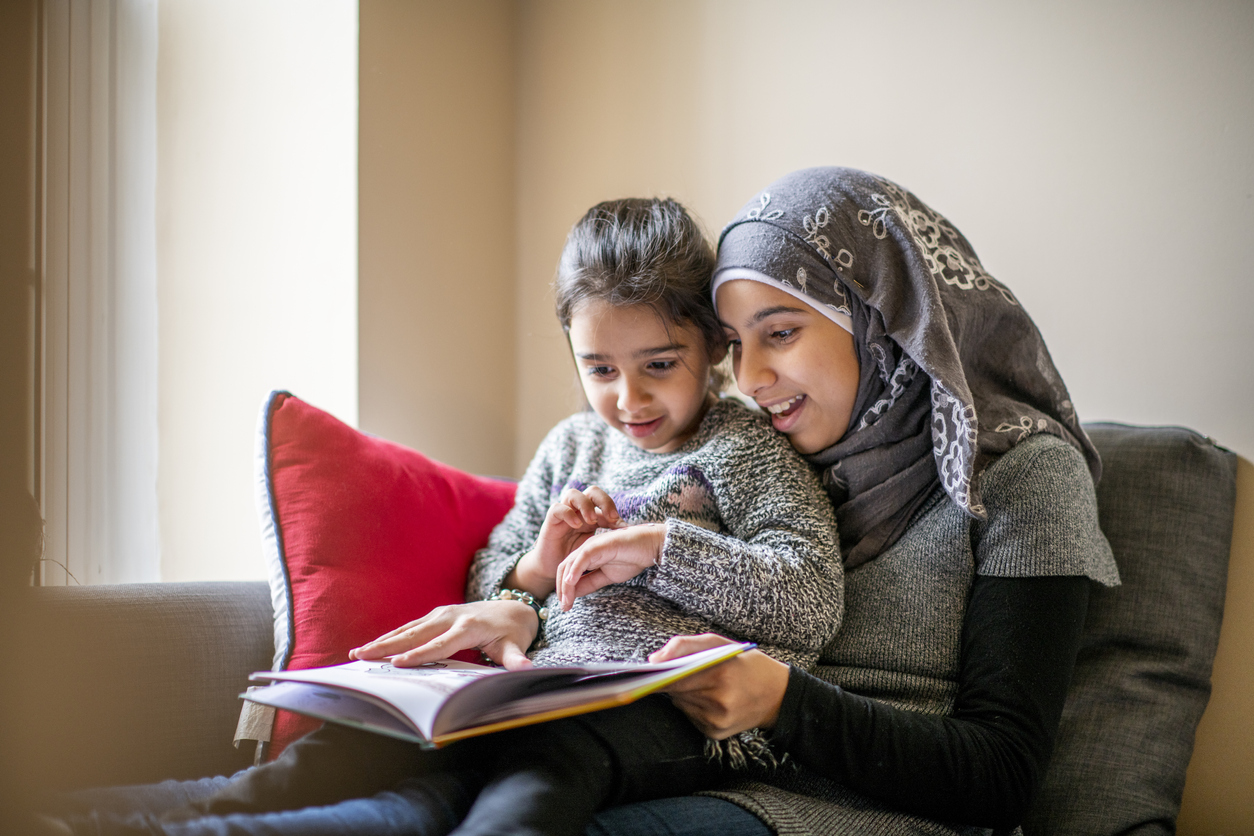Mindful Parenting: Storytelling to Foster Imagination, Engagement, and Literacy
Storytelling is a powerful educator. Molly Brett, Kimberton Waldorf School Early Childhood Teacher tells us why.

A good story can bridge generations and foster the imagination. Stories can entertain and teach us, and be a connection to the universal human experience. Stories become lessons that we can apply to our own lives. For young children, storytelling also has the power to teach language, building the neural pathways for language comprehension, memory, vocabulary, and the ability to think in images, all important precursors for literacy. At Kimberton Waldorf School, our early childhood programs focus on teaching through the powerful art of storytelling.

Because children learn through story, parents who bring the storytelling concept home with them can use it as an innovative tool, enriching their children’s daily lives. Using story to distract, entertain, educate, or just to connect with your child offers you and your child a way to be creative, build imagination, and even cope through a struggle. What if, during a tantrum about brushing teeth or putting shoes on to leave the house, instead of discipline, you were able to use a story to shift the mood and distract both yourself and your child from her frustration? A simple nursery rhyme or song is sometimes all a child needs to help center her. If your child is struggling, you can use storytelling to create a teaching moment, for both of you.
Is it really so easy to engage and refocus a child with heightened emotion on the verge of a tantrum? Just as we keep children focused on math, science, and learning language at Kimberton Waldorf School through story, engaging them with puppetry, colorful silks, and imaginative scenes, parents can connect with their children simply through knowing their interests. Children easily relate to the natural world, and connect to stories about nature and animals. You can create a story about your child’s day, about a main character that looks like your child, or favorite pet or toy.

Here’s an example: If your child is throwing her shoes across the room instead of putting them on, you can shift her focus by drawing on her interests. If she’s an animal lover, try something like, “I saw a giant squirrel today, and do you know what he was doing?” As you create a narrative that engages her, she may forget why she hates putting on her shoes. The frustration may resolve for both of you as you build your story.
Through the use of storytelling with your child, the moments that have been a source of stress in the past may become something that you both look forward to. As you increase your experience with imagination and creativity through storytelling, your child is not only learning to imagine and be creative too, but also how to cope through difficult moments. She’s also learning that the most important aspect of storytelling for parents and children is the bond it creates.

Attend an open house at Kimberton Waldorf School:
- January 25th
- February 15th
- February 22nd
Edited by Main Line Parent Assistant Editor Karen Barbuscia.





